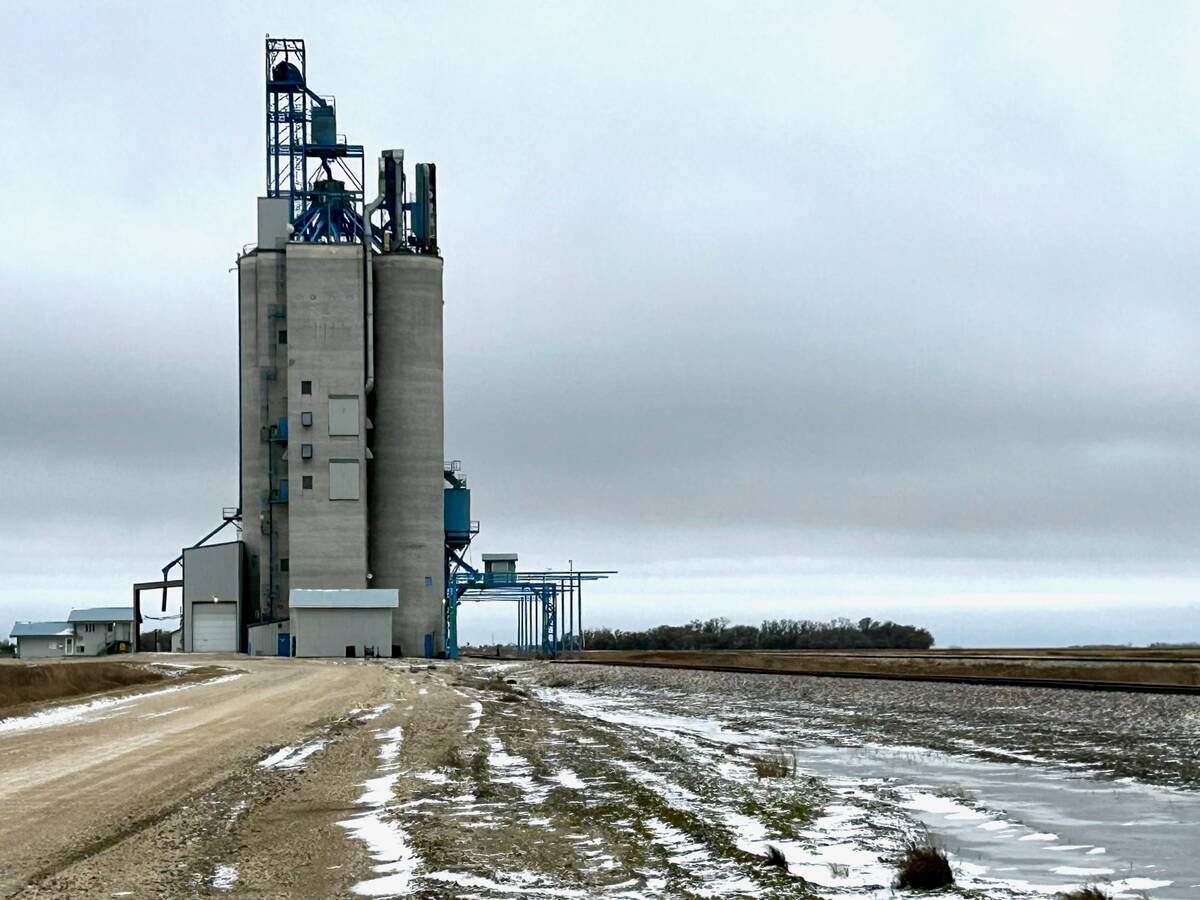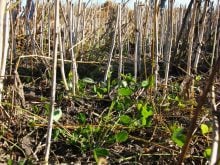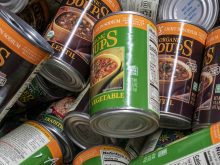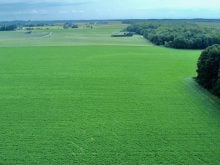WINNIPEG — Archer Daniels Midland and the Farmers Business Network are collaborating on a new venture that could help growers get more value from sustainable practices.
On Aug. 19, ADM and FBN announced plans to expand a platform called Gradable and operate it as a 50-50 joint venture.
“Gradable is rapidly becoming one of the industry’s leading and largest technology platforms enabling sustainability scoring at scale,” said Steele Lorenz, Gradable’s chief executive officer.
Read Also

Manitoba grain elevator ownership expands
Carman-based Linear Grain buys Fannystelle elevator from Bunge, another three elevators sold to Morden’s BP & Sons Grain and Storage Inc.
FBN created Gradable in 2020.
The online service allows buyers to find sources of “environmentally friendly grain,” says the Gradable website.
“Gradable helps (grain) buyers work toward their environmental goals…. The platform connects buyers to farmers and allows them to preserve the outcomes of sustainably produced grain, from the field to end products.”
Purchasing grain that’s grown in a more sustainable manner has become critical for agri-food companies and food manufacturers.
Most corporations have sustainability goals and publish detailed reports on how they’re achieving those objectives. The sustainability plans have targets to cut greenhouse gas emissions. A crucial piece of the reductions are Scope 3 emissions, which includes suppliers such as farmers.
“Scope 3 emissions are the result of activities from assets not owned or controlled by the reporting organization (or business),” says the Environmental Protection Agency’s definition of Scope 3.
An example from crop production is nitrous oxide, a greenhouse gas related to nitrogen fertilizer. Food and ingredient companies want grain growers to cut N2O emissions on the farm so that they can reduce the Scope 3 emissions in their supply chains.
“The demand for sustainably produced crops is increasing steadily, driven by consumer preferences, corporate commitments and initiatives, and public policy,” says the ADM/FBN news release about Gradable.
“For grain buyers, Gradable provides reliable farm-level data, allowing them to easily identify and purchase (sustainable) grain.”
So far, Gradable says it has more than 20,000 farmer users covering more than 12 million acres.
The platform generates more than “$30 million in financial incentives for sustainable practices each year.”
Having ADM on board should expand use of Gradable because the company has annual revenues of nearly US$100 billion and is one of the largest ingredient and nutrition companies in the world.
ADM and many other grain buyers are encouraging farmers to try regenerative agriculture, which is loosely defined as practices that improve soil health.
Regenerative practices include reduced tillage, diverse crop rotations and planting cover crops to improve soil fertility.
“ADM’s regenerative agriculture efforts enrolled more than 2.8 million acres last year, and we know that’s just the beginning,” said Greg Morris, president of ADM’s ag services and oilseeds business.
“The continued expansion of this work requires a strong technology platform that enables farmers to easily participate and provides farm-level data for grain buyers and end customers.”
Contact robert.arnason@producer.com
















